Get in Touch for More Insights
Excellence and efficiency in the manufacturing industry.

Trend #1
Increasing adoption of Industry 4.0
Trend #2
Sustainable and environmentally friendly
Trend #3
Digital tools and technologies in supply chain
Trend #4
Personalised and customised products
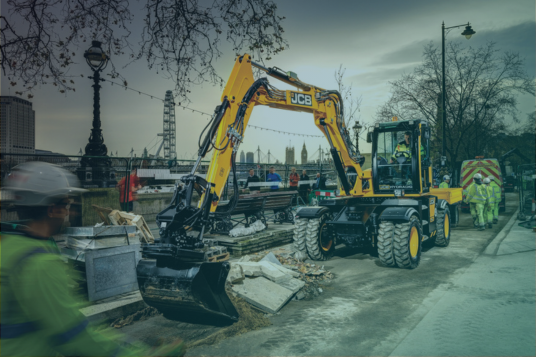



%2035%25.jpg)
With our advanced solutions that are purpose-built to transform operations by fostering efficiency, safety, and innovation, you can achieve full digitalisation in manufacturing processes.
VIEW ALL CASES.png)
.png)
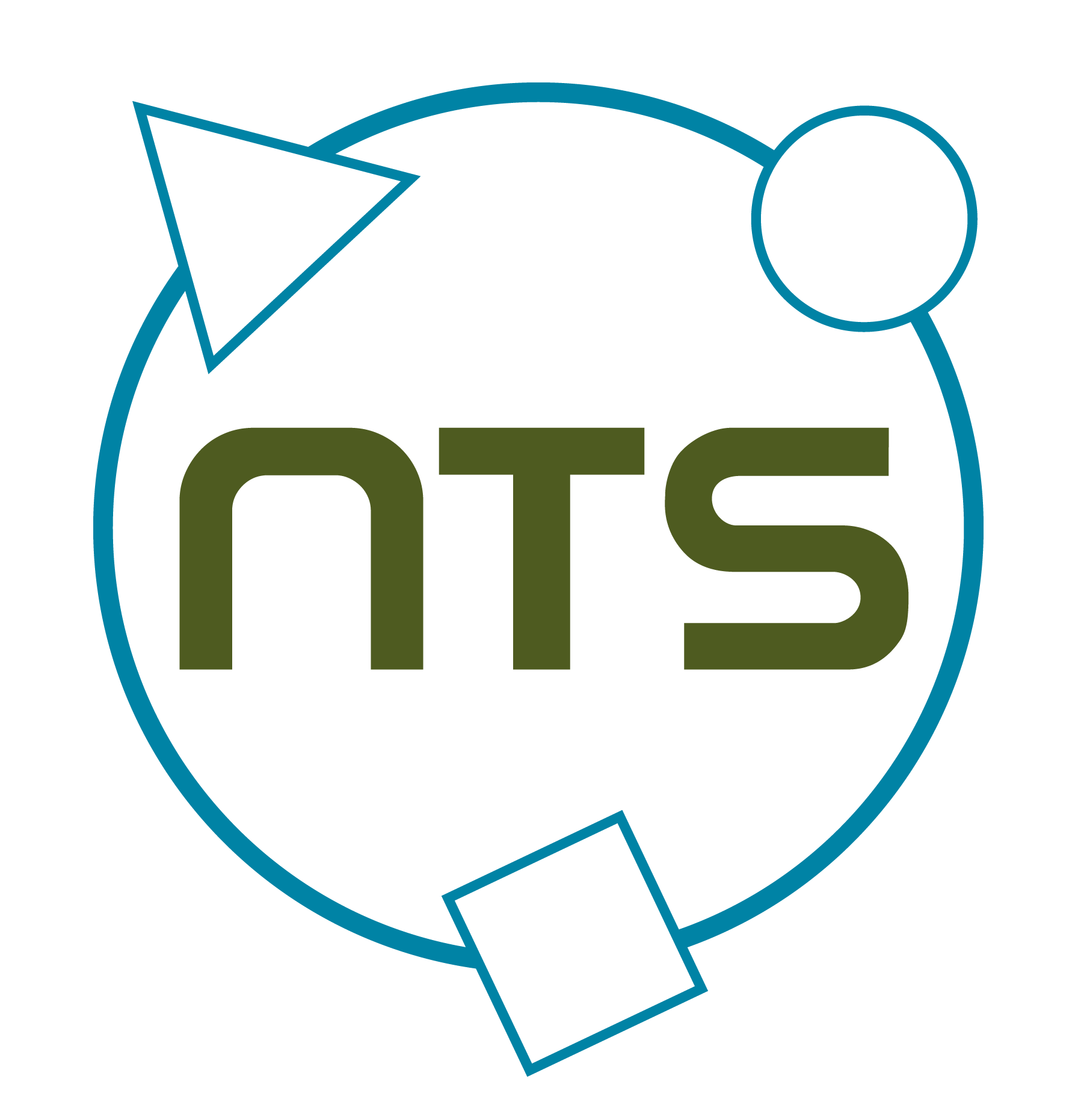
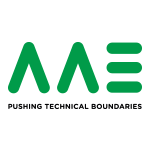

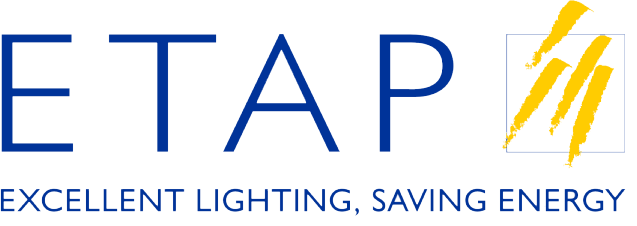
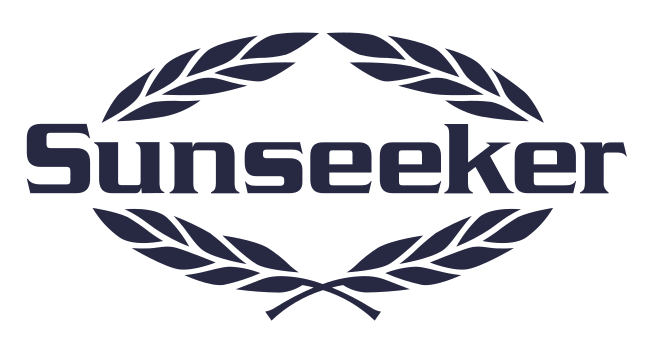
Emixa has decades of experience in driving innovation across the Manufacturing industry. We serve a range of businesses, from SMB's to large OEM's. Explore our downloads to find out how.
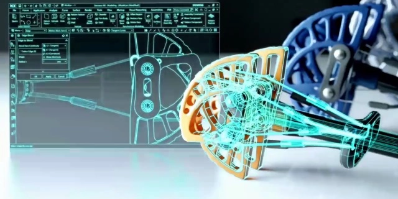




Excellence and efficiency in the manufacturing industry.
.png?width=1911&height=394&name=Ontwerp%20zonder%20titel%20(3).png)
Discover how Freeform Technology, founded by metalwork engineers, leverages Siemens' NX software to deliver precision machining services with unmatched quality and speed.
With a focus on providing Formula 1 standards to the composite tooling industry, Freeform Technology's adoption of NX software has empowered them to excel in accuracy, efficiency, and diversification across various industries.
%2015%25.png)
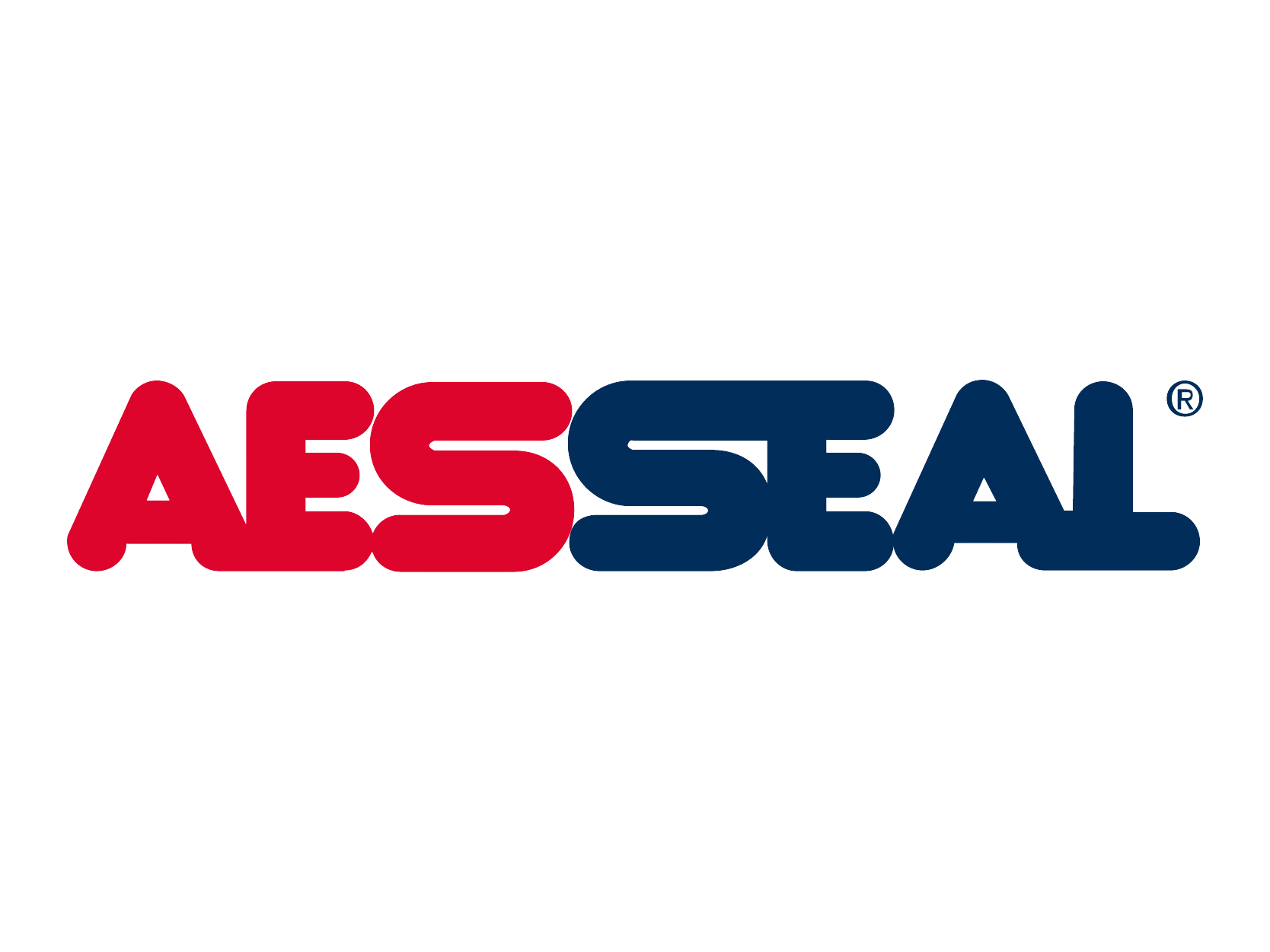
AESSEAL, a company specialising in preventing leaks of liquids and gases, implemented Teamcenter to streamline workflows, reduce manual processes by 75%, and improve data reliability. Teamcenter now automates part number generation, stock records, and bills of materials, while also integrating CRM data for enhanced decision-making.
This platform supports global expansion and safeguards intellectual property. With the support from Emixa, AESSEAL has embraced a global engineering approach, enabling them to focus on worldwide expansion while ensuring continued customer service excellence and business growth.
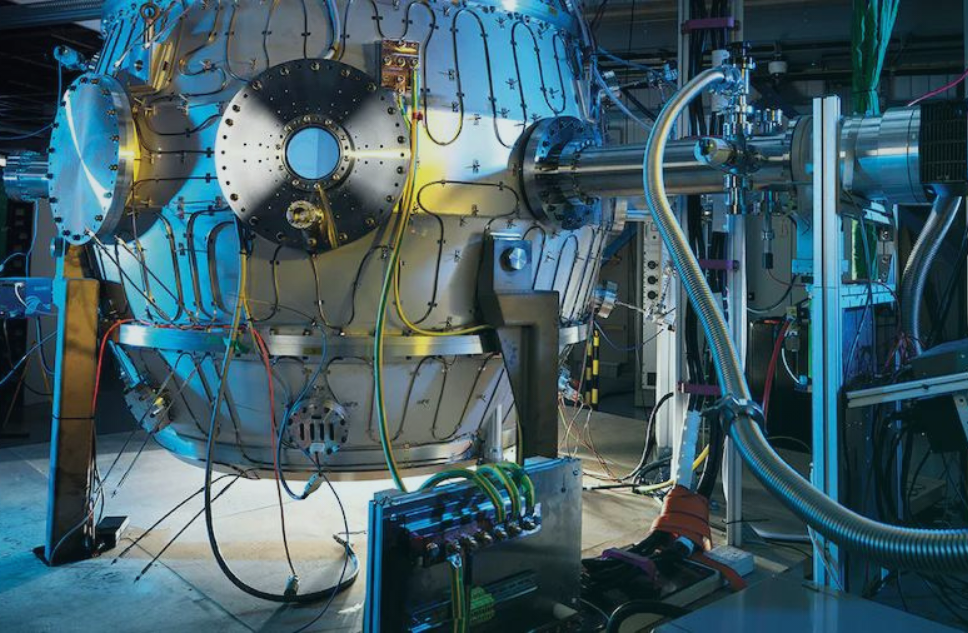

New Wave Engineering, a dynamic machine factory serving diverse industries, faced the challenge of upgrading from I-DEAS software while maintaining compatibility with a crucial client. They sought a versatile solution to meet automotive and broader industry needs. As their products grew in complexity, they invested in a 5-axis machine, requiring advanced software capabilities.
New Wave Engineering partnered with us for a seamless transition to NX, enhancing CAD and CAM capabilities and training employees. The integration empowered their engineering and production departments, streamlined workflows, and improved product quality, making them competitive and innovative in various industries.
